If your visits to Japan have been centred around Tokyo, it is high time you branch out to other cities on your next visit to Japan. And what better way to explore Japan than to take the train? After all, the country has the one of the world's best-connected and highly efficient rail systems.
While many Singaporeans are familiar with Tokyo and its surrounds in the Kanto region, the regions of Chugoku, Shikoku and Kansai offer some of the most under-rated travel destinations in Japan.
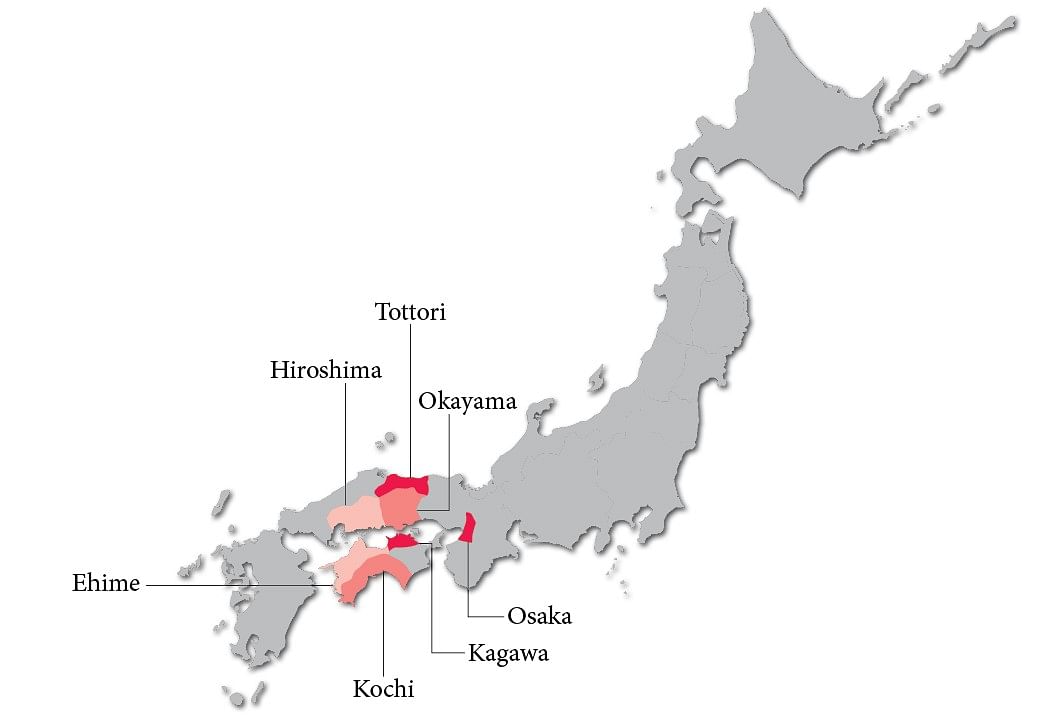
This itinerary - based on the key railway stations in the Osaka, Okayama, Kagawa, Kochi, Ehime, Hiroshima and Tottori prefectures - is a guide to discovering the local culture, rich history, beautiful scenery and gastronomic experiences.
With the open-jaw flights from Singapore Airlines, you can fly in to Osaka for the start of the trip and return via Hiroshima after ending at Tottori.
Note: The headers correspond to the names of major train stations in Western Japan. To get to the attractions mentioned, other additional modes of transport may be required.
Osaka

Taking the train is the quickest and easiest option when travelling between Kansai International Airport and central Osaka.
A stop at Japan's tallest skyscraper Abeno Harukas is a must. Get 360 degree views of the sprawling metropolis at the observation deck on the 60th floor of the building. It can be reached by taking a 15-minute train ride from JR Osaka Station to JR Tennoji Station. For the month of June this year, Singapore Airlines passengers can enjoy a free admission to the observation deck by flashing their boarding pass at the counter.
Osaka is also the birthplace of takoyaki, a ball-shaped savoury snack with a piece of octopus. With nearly 700 takoyaki stalls, it's easy to indulge in this snack when you stroll the streets of Osaka.
Another hugely popular snack is kushikatsu, deep-fried skewers of meat, seafood or vegetable. The locals enjoy a few sticks of kushikatsu with a glass of beer. Sauce is provided on the side of the table, but remember to dip your skewer in only once for hygiene reasons.
Okayama

A stopover at Okayama prefecture is not complete without a visit to Kurashiki, which is a 15-minute train ride away from the Okayama main train station. Kurashiki has a preserved canal area that dates back to the Edo Period (1603-1867). The name "Kurashiki" roughly translates to "town of storehouses"; the city served as an importance rice distribution centre then.
The canal area is a 10-15 minutes' walk from the south exit of Kurashiki Station, which is on JR West Sanyō Main Line.
Kagawa
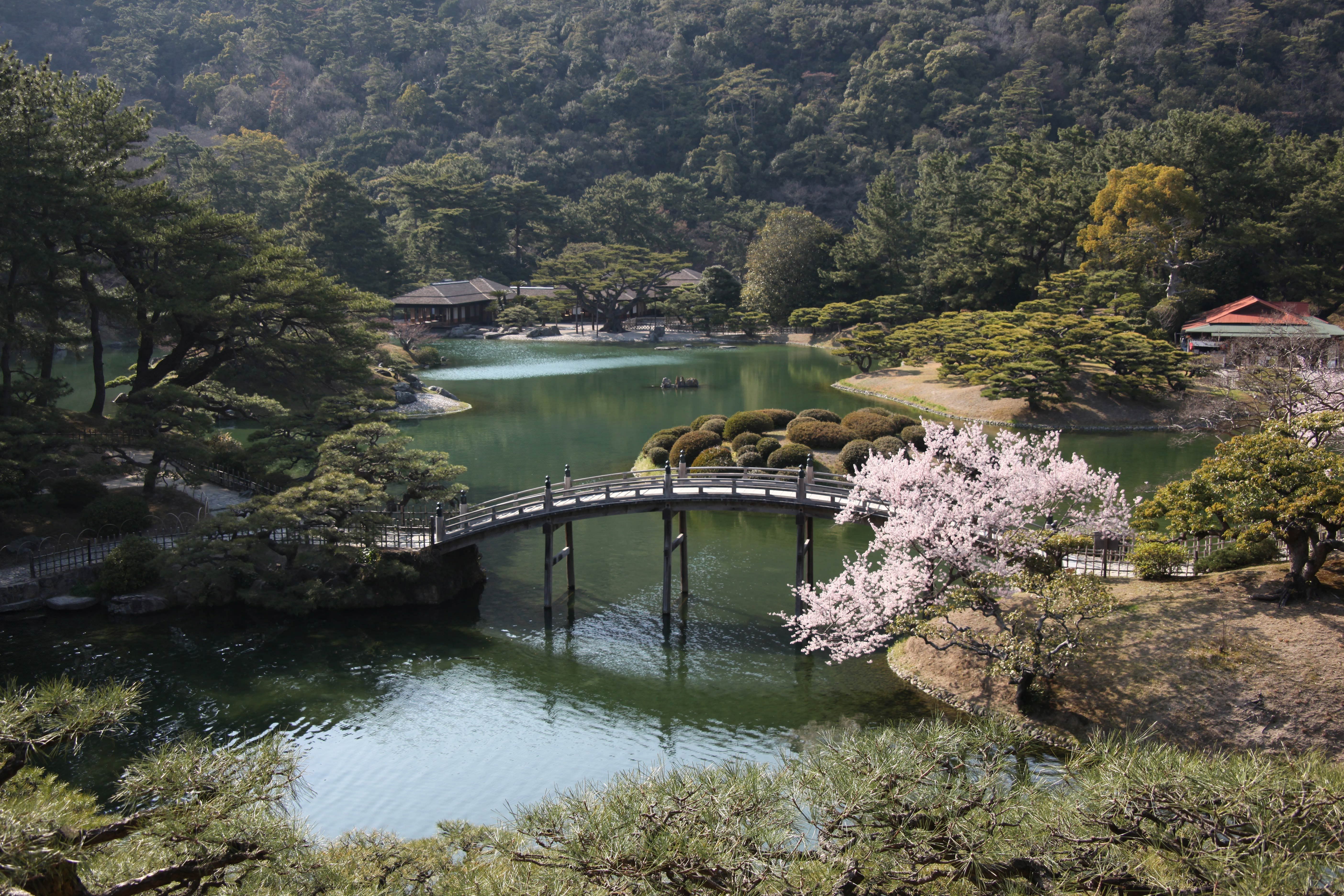
Ritsurin Park in Takamatsu is one of Kagawa prefecture's most treasured sites with its traditionally landscaped scenery. The "kōen" or park was constructed in mid-1600s as a walking garden for the "daimyo" or regional lord.
Enjoy a bowl of Kagawa's famed Sanuki udon, thick wheat flour noodles in broth, in Takamatsu.
Take a ferry out from Takamatsu to Shodoshima Island, the site of one of Japan's three most beautiful gorges - Kankakei Gorge. Book yourself a spot for the soya sauce and olive factory tours, as well as take a walk across Angel Road, a walkable sandbar that appears at low tides.
Kochi
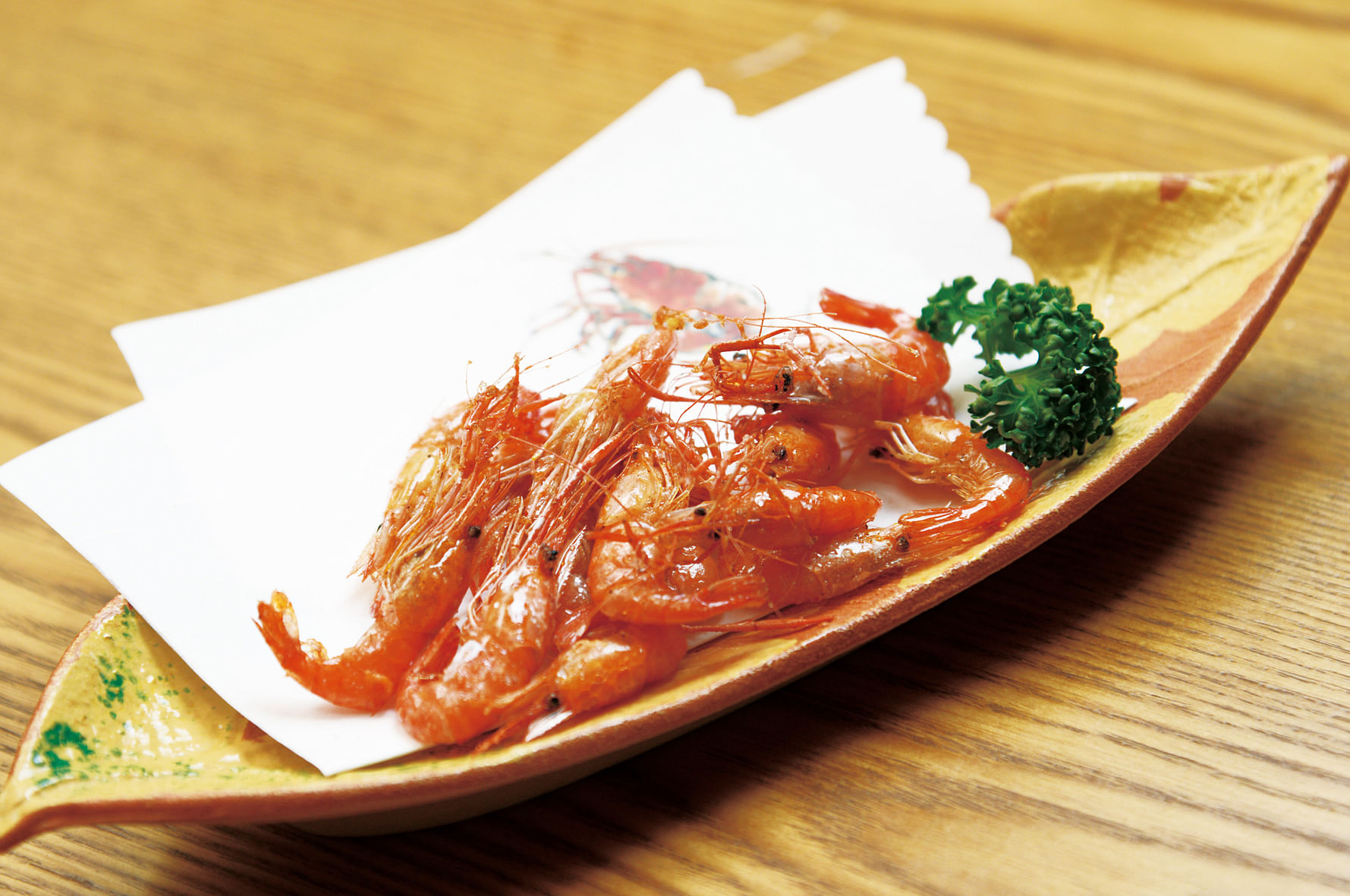
The Shimanto River is a must-visit destination in Kochi prefecture. Faraway from urban areas, it is considered to be Japan's last crystal clear river. It is also a treasure trove of river fish such as ayu (a sweet fish), unagi (eel) and freshwater prawns. You can book a tour to learn about ancient fishing techniques dating back for centuries.
Ryuga Cave, designated a national monument and a historic site, is another highlight of Kochi prefecture. About 1km of its total length of 4km is accessible for visitors.
Imabari (Ehime)
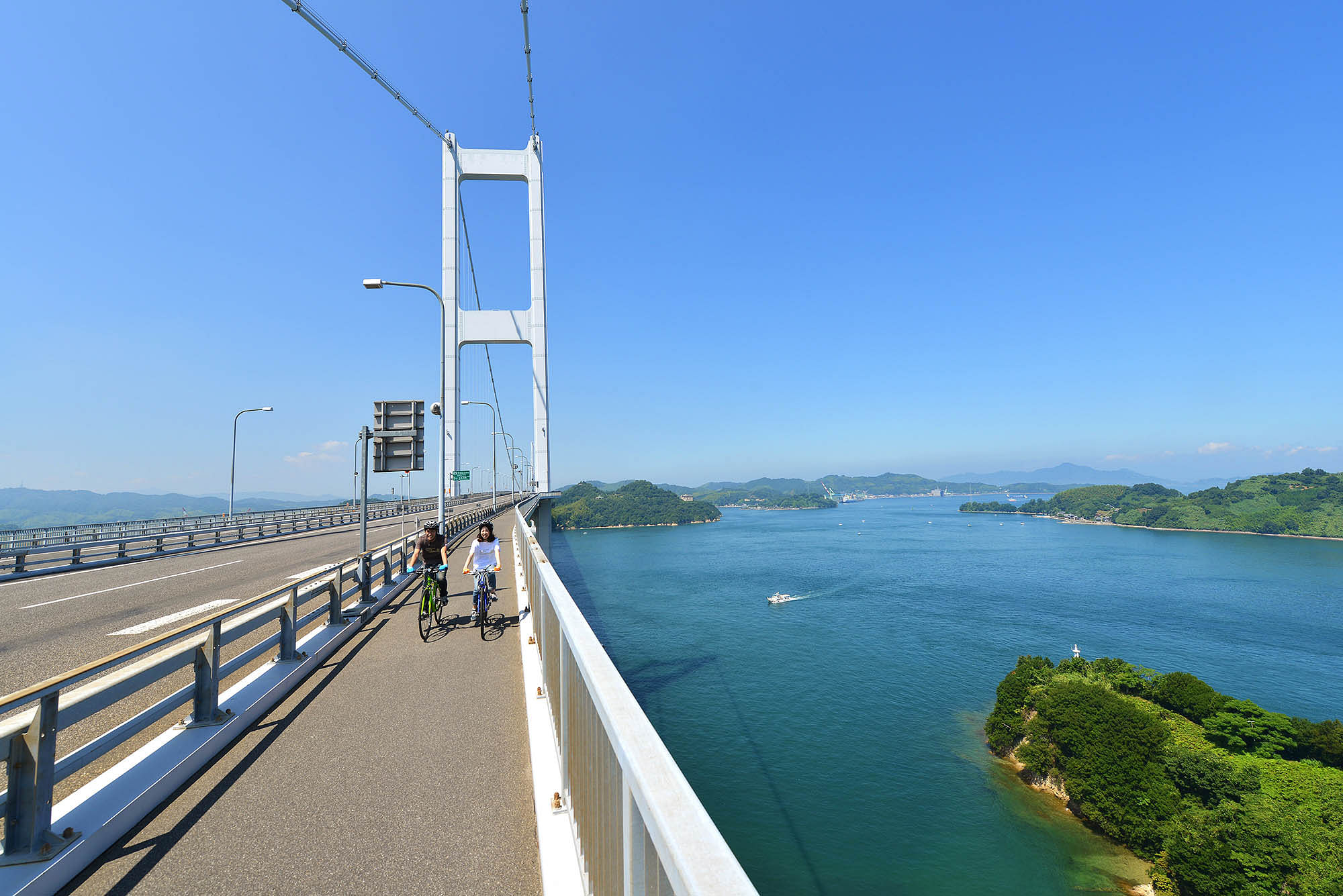
Travel back in time with a day trip to Yokaichi Old Town in Uchiko, Ehime prefecture. Rent a kimono and take a stroll along the 600-metre stretch of old buildings - it makes for a surreal experience and a great photo opportunity.
Shimanami Kaido is another destination not to be missed in Ehime prefecture. The well-maintained and well-marked bike route along the 60km highway spans across six islands, providing plenty of interesting bike stops along the way, and not to mention the stunning views.
With Ehime prefecture being the leading producer of citrus fruits in Japan, don't miss the Mikan. It has a great balance of sweet and sour due to the prefect conditions of abundant sunshine, sea breezes and mild temperatures.
Hiroshima

Hiroshima is another great destination for foodies. Visit Okonomi Mura (Okonomiyak village) for the best Okonomiyaki (a Japanese savoury pancake) in the city.
History buffs may want to visit the Hiroshima Peace Memorial or Atomic Bomb Dome, which is part of the Hiroshima Peace Memorial Park and a Unesco World Heritage site since 1996.
Take a ferry out from Hiroshima to Miyajima, which is regarded by the Japanese as an Island of Gods. Here, you can see the famed Itsukushima shrine, a shrine on the sea and a Unesco World Heritage site as well.
Tottori
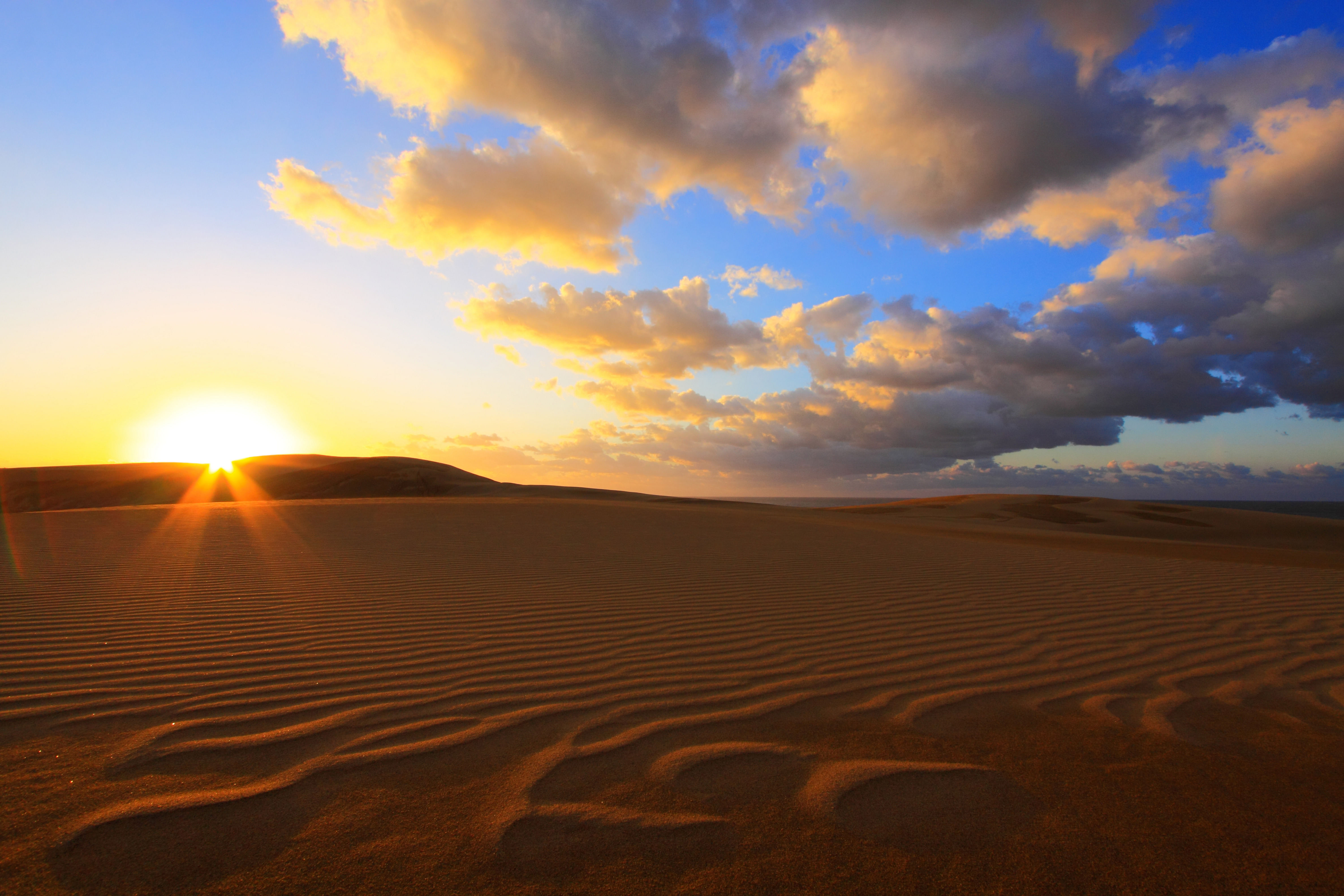
The Tottori prefecture boasts of rolling sand dunes, exciting hikes with a magnificent view of the Sea of Japan and hot springs famous for their restorative properties.
If you happen to be in Tottori on the first Saturday and Sunday of August, you can catch the Kurayoshi Utsubuki Festival. The first day of the festival features a parade with dancing while the Utsubuki (heavenly maiden) contest is held on the second day alongside live performances from local bands and dance groups. The festival concludes with a firework display over the river.
From Tottori, you can make your way back to Hiroshima for your return flight home.

